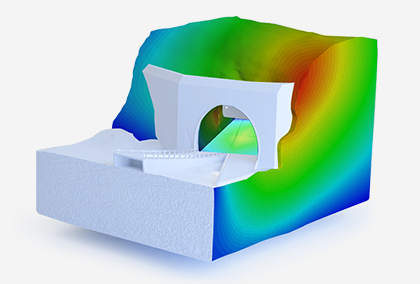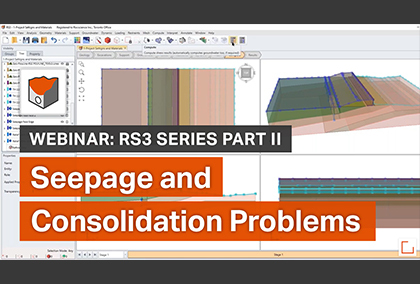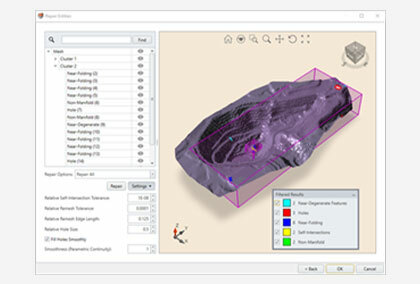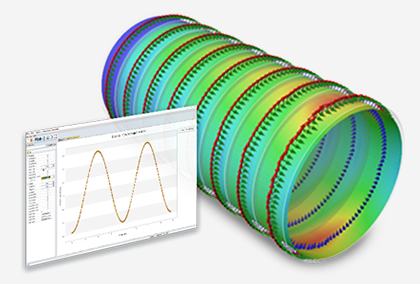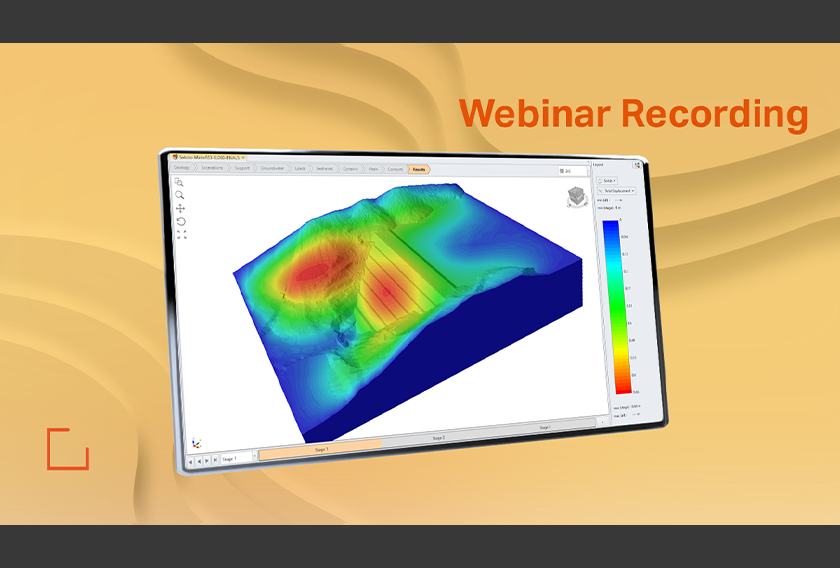Harnessing the Combined Power of Elastic and Plastic Modelling
- Dr. Reginald Hammah, Director of Rocscience in Africa at Rocscience
Except in a few cases, geological media (particularly strong rock masses) primarily respond elastically to excavation over problem domains. Yielded or failed zones are generally confined to the immediate vicinity of openings and pillars. As such, elastic modelling is sufficient in many cases. It can be combined with post-analysis design criteria to estimate failure zone locations and extents. Traditionally, entire volumes of material are assigned elastic properties when finite element programs, such as RS2 and RS3, are used for elastic modelling.
It is well known that when deformation estimates are required, or excavation support is to be designed, elasticity is no longer adequate, and plastic analysis is needed. Plasticity captures the increased deformability of materials once they fail and changes in post-failure strength.
Plastic modelling has a few problems, however. It is much more computationally intensive than elastic analysis. It is also considerably slower. As a result, plasticity analysis is avoided in many real-world cases.
To combine the advantages of elastic and plastic modelling, RS3 now offers a feature that allows users to specify localized plastic regions of interest in elastic models. Models can now more accurately zoom into detailed plastic deformations, where necessary, without significantly sacrificing computational speed. This hybrid approach is highly efficient and lends itself to practical problem-solving.
